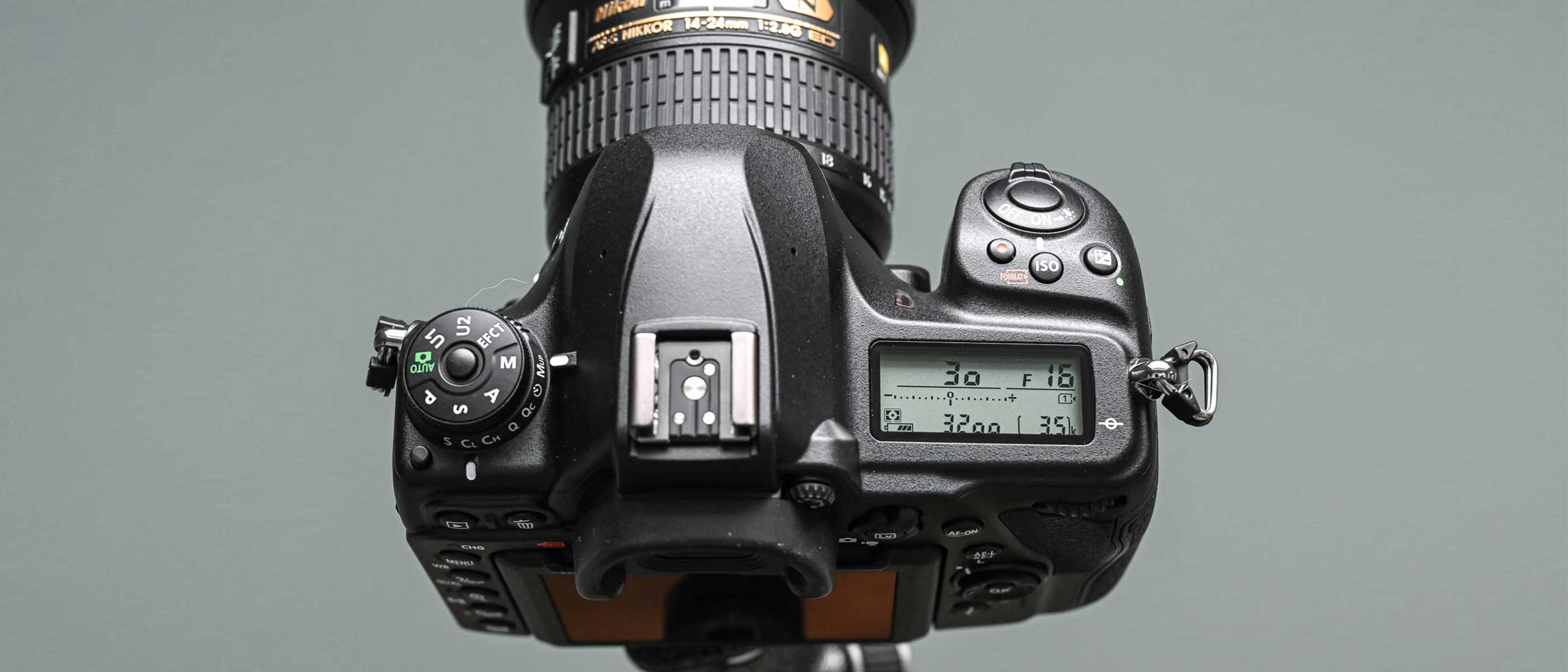Space Verdict
Fantastic dynamic range, excellent signal-to-noise ratio in the high ISO range and intuitive and comfortable controls make this a fabulous camera to use in the dark and it performs well across multiple disciplines, not just for astro.
Pros
- +
Superb high ISO noise handling
- +
Great dynamic range and image detail
Cons
- -
Stills resolution could be higher
- -
May not be ideal for full-time pros
Why you can trust Space.com
The Nikon D780 is a full-frame (FX) DSLR camera aimed at professionals and serious enthusiasts. Its 24.5MP back-illuminated CMOS image sensor is paired with the EXPEED 6, designed to create clean images with a wide dynamic range.
Being a Nikon DSLR it has an F-mount lens connection and is compatible with the majority of F-mount lenses but is specifically designed for FX lenses. The D780 has a wide ISO range of 100 - 51,200 and can be expanded from 50 to an eye-watering 204,800.
Up top, there's a large optical viewfinder with 0.7x magnification and it also has a 3.2-inch touch-sensitive tilting rear screen. The D780 can shoot 4K30P video but can also be dropped down to Full HD capable of shooting at 120FPS for slow-motion footage.
It has a relatively small form factor compared with other DSLRs in its class but is by no means tiny. 5.7 x 4.6 x 3-inch in size the body weighs in at 1lb 10.7oz. That's due in part to the magnesium alloy construction which provides it with strength as well as being lightweight.
The D780 has dual SD card slots compatible with UHS-II cards for the fastest data transfer required for shooting high-resolution stills at its maximum 12FPS (in Silent Live View Photography mode) or recording 4K video footage.
Nikon D780 review: Design
- Beautiful gunmetal gray metal fixings
- Boxy but stuffed full of controls
- Lightweight but feels substantial in the hand

As a direct successor to the Nikon D750 the D780 is very similar in design. An optical viewfinder and tilting rear screen are almost identical but the body itself has slightly beefed up. Instead of slender shoulders on either side of the body the D780 is rather boxier and feels a little heftier in the hand. In actual fact, the magnesium alloy body keeps everything lightweight and is only 5g heavier than the previous model.
The D780 does feel rather more premium than its predecessor though. That can be seen with the metal hot shoe mount at the top of the camera, which is a shiny chrome on almost every other Nikon model (and competitor models) but here we have a matte, gunmetal gray fixing that looks great. Sitting right at the top of the camera it's one of the first things photographers see when shooting as it sits right next to the viewfinder.
Breaking space news, the latest updates on rocket launches, skywatching events and more!
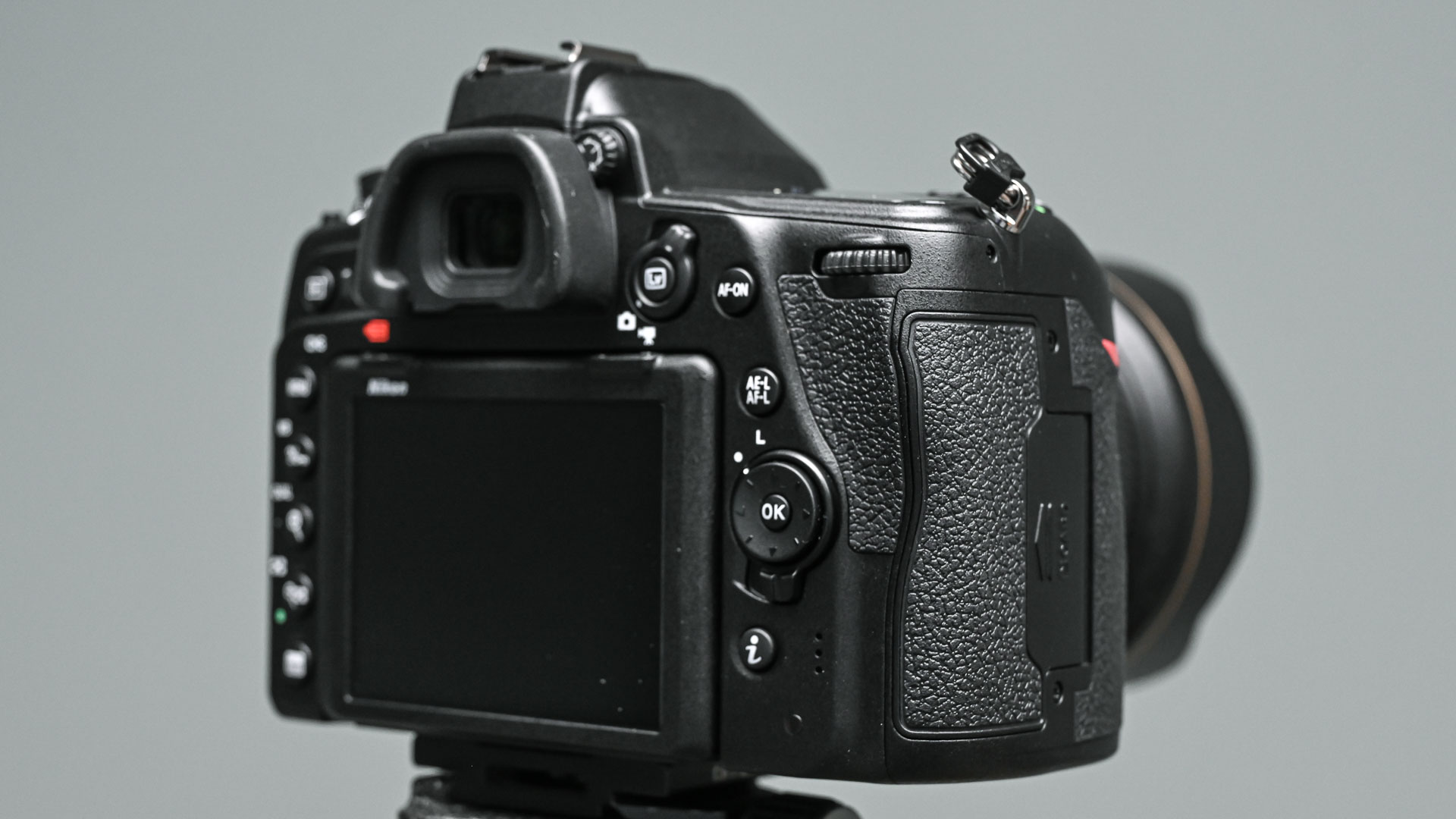
We can tell that Nikon has geared this DSLR more towards hybrid shooters that want a camera for stills photography but also serious video capability too. This can be seen with the Live View button that now sits at the top of the camera on the back, near where the thumb would naturally rest.
Nikon D780 review: Functionality
- Easy to switch between stills and video shooting
- Optical viewfinder great for traditionalists
- Mode dial on top is useful but awkward
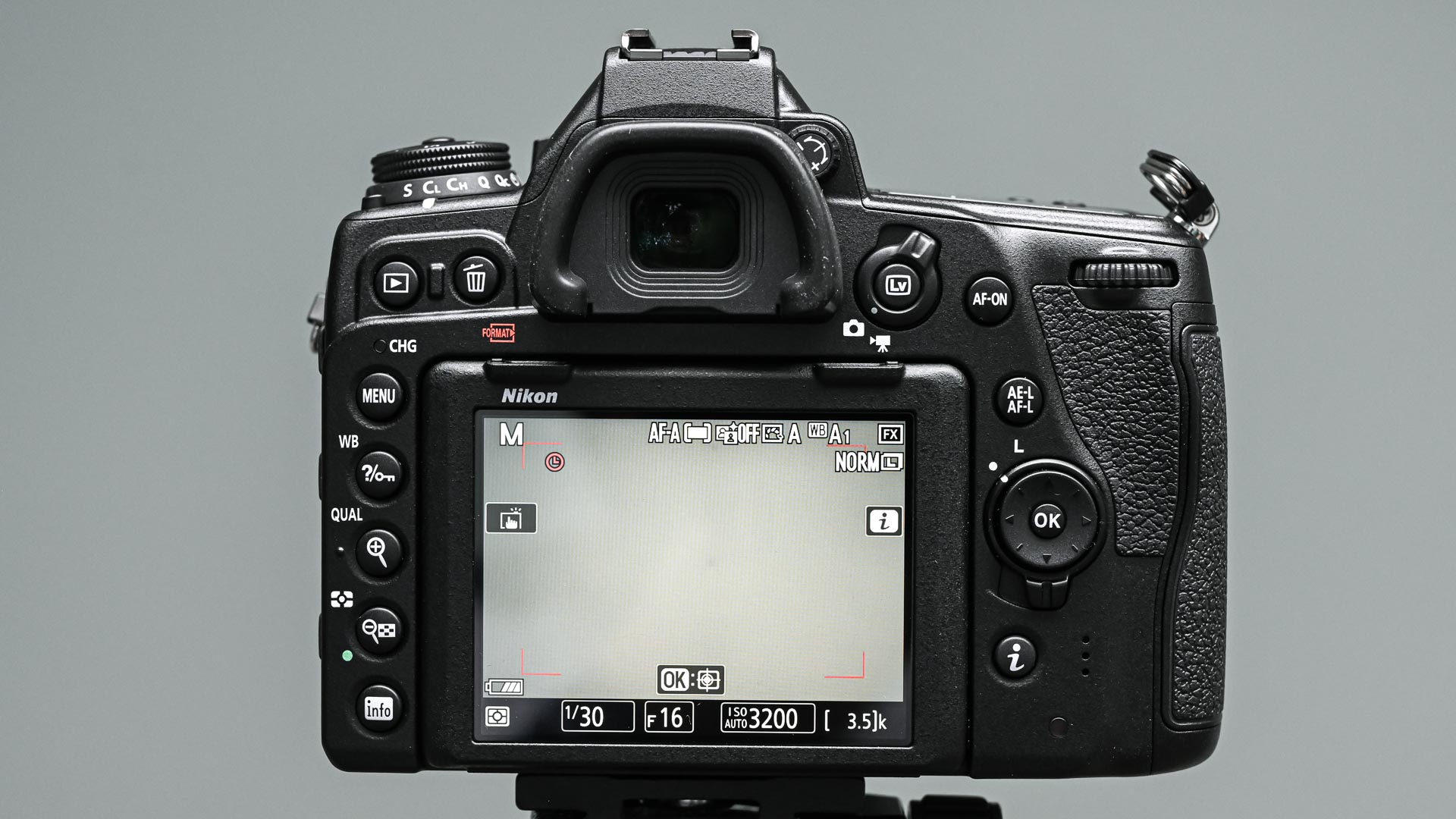
Nikon have done well to produce a solid hybrid performer in the D780. Quick switching from stills to video shooting can be done using the sliding switch surrounding the Live View button. When slipped into movie mode the rear screen displays appropriate aspect ratio restrictions and brings with it a multitude of appropriate video-related settings.
Aside from video, another function of the D780 that might be of interest to astrophotographers is the time-lapse function. Able to capture up to 4KUHD time-lapse movies it has in-built exposure smoothing, silent interval-timer shooting and metering can go down to -3EV in low-light.
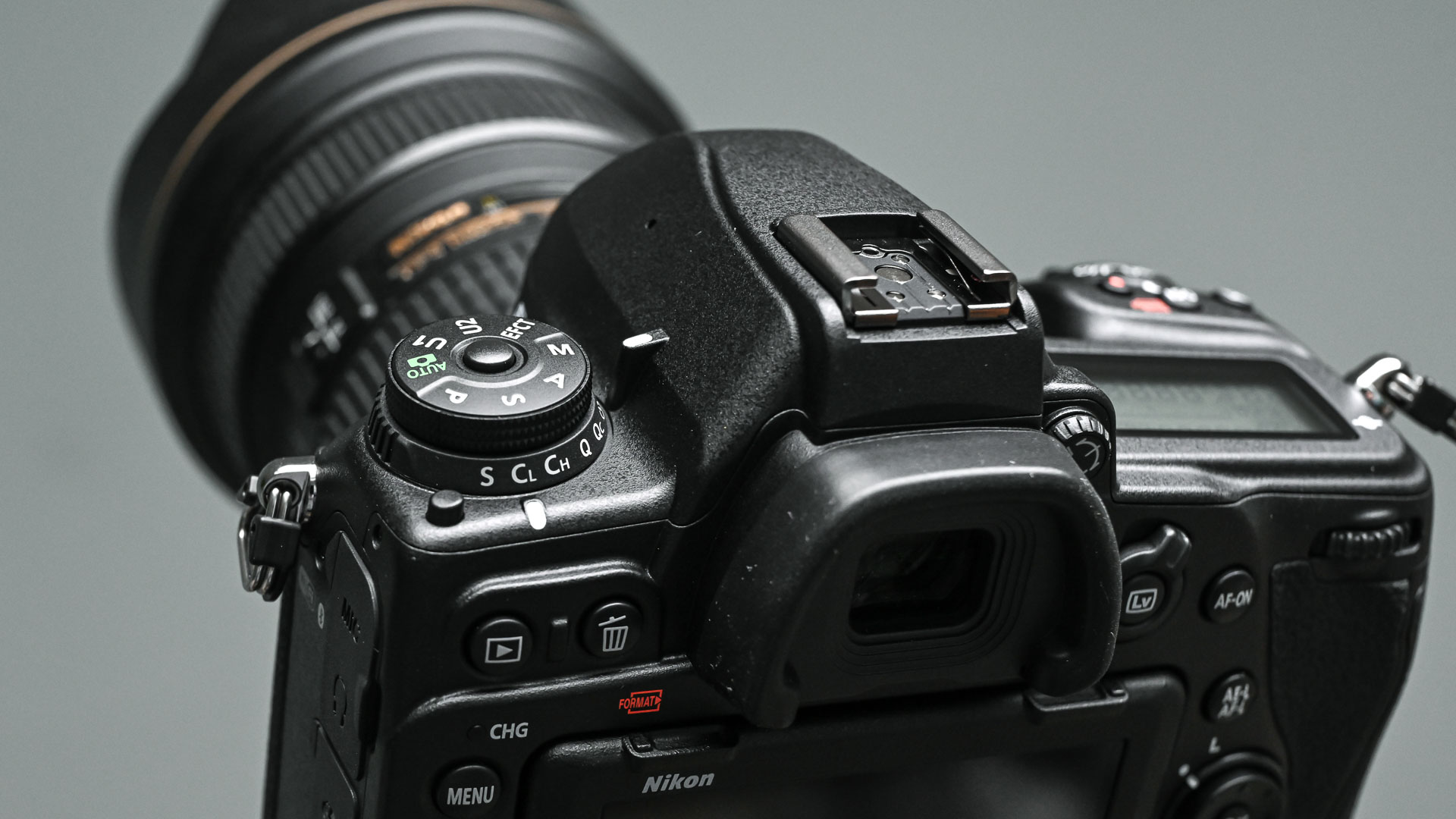
The biggest difference between a DSLR and a mirrorless camera is probably the viewfinder. The D780 has an optical viewfinder with 0.7x magnification and 100% coverage. Some traditionalists who are used to shooting with SLRs and DSLRs may prefer this over an electronic viewfinder (EVF) because they're able to see exactly what's in front of the camera, through the lens. However, it may be a downside for others who prefer the exposure preview in the EVF to aid with composing dark scenes.
The mode dial on top is pretty standard for the most part, but we wish we'd seen Nikon remove the frustrating lock button on the drive mode dial which is fiddly to press while rotating the dial. Though this is of minimal concern for astro shooters.
Nikon D780 review: Performance
- Superb high ISO range and noise handling
- Image detail perfect for camera of this class
- Colors are reliable and natural
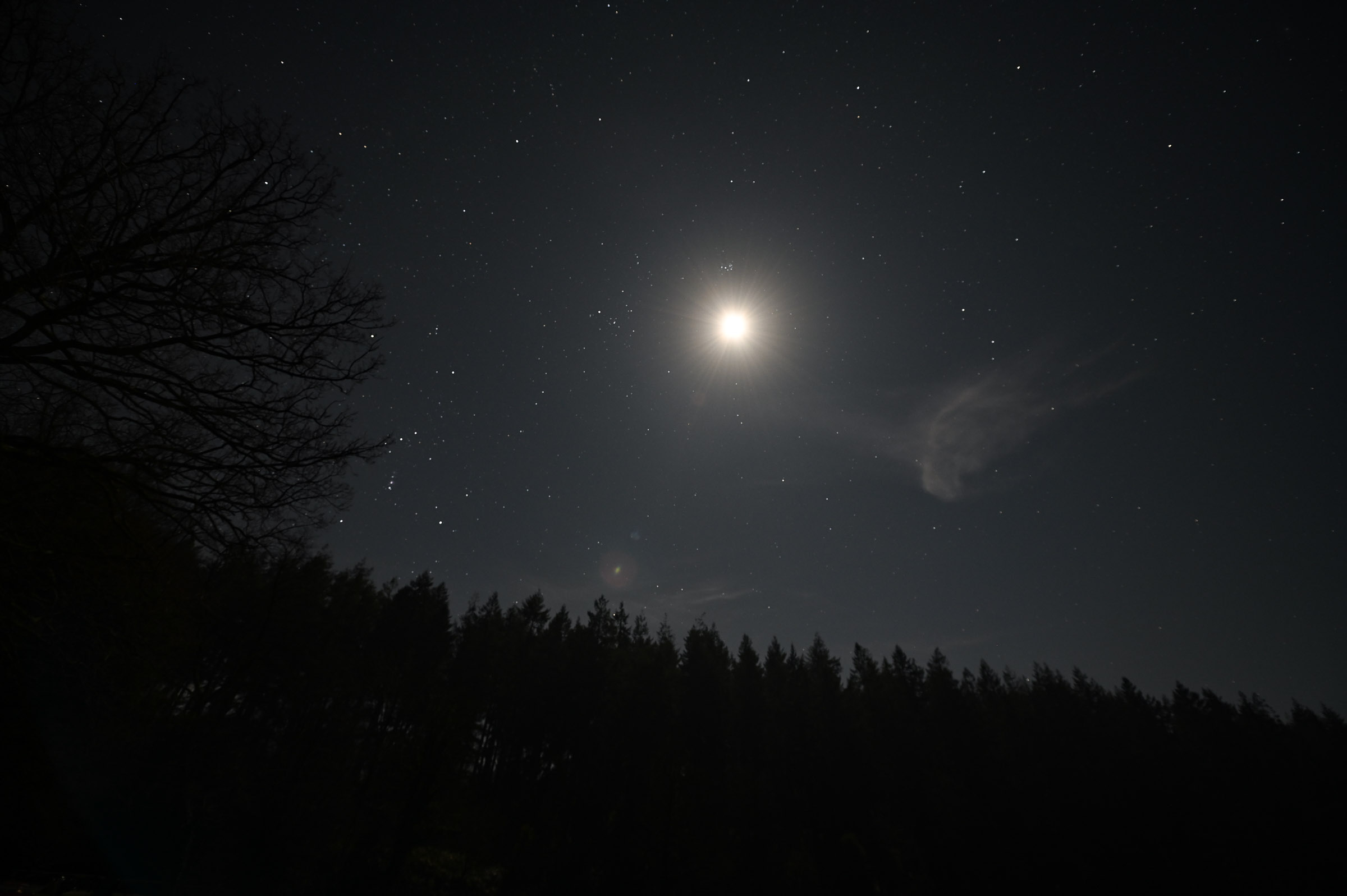
The Nikon D780 performs astonishingly well for its price point. ISO ranges from 100 - 51,200 but this can be extended up to ISO 204,800. The upper limit of which is pretty unusable as is the case for almost every camera available today, but the D780 handles the high ISO image noise excellently. Cranked up to 2000 or even 3000 the image noise is uniform across the frame and minimal - especially when aperture and shutter speed is suitably set to produce a well-exposed image. During the day or just low-light, users can shoot comfortably at ISO 8000 without issue.
Kit lens: NIKKOR AF-S 24-120MM F/4 VR
Best wide lens: NIKKOR AF-S 28mm f/1.4E ED
Best zoom lens: NIKKOR AF-S 70-200mm f/2.8E FL ED VR
Spare battery type: EN-EL15b
Memory card: SD, SDHC, SDXC
When shooting astrophotography an issue that crops up is a poorer dynamic range and image detail due to boosted ISO sensitivity. However, details remain strong and structured, even around contrasted edges like light sources or stars. Even with foregrounds boosted in exposure in post-production software the hidden details in shadows are easily teased out.
Colors, whether shooting with automatic white balance, a preset, or manual white balance look natural and even. Capturing images in RAW file format means this can be changed when image editing anyway, but those that want to shoot JPEG (we'd strongly recommend not doing this for astro) will benefit from the superior color rendering of the D780.

Should you buy the Nikon D780?
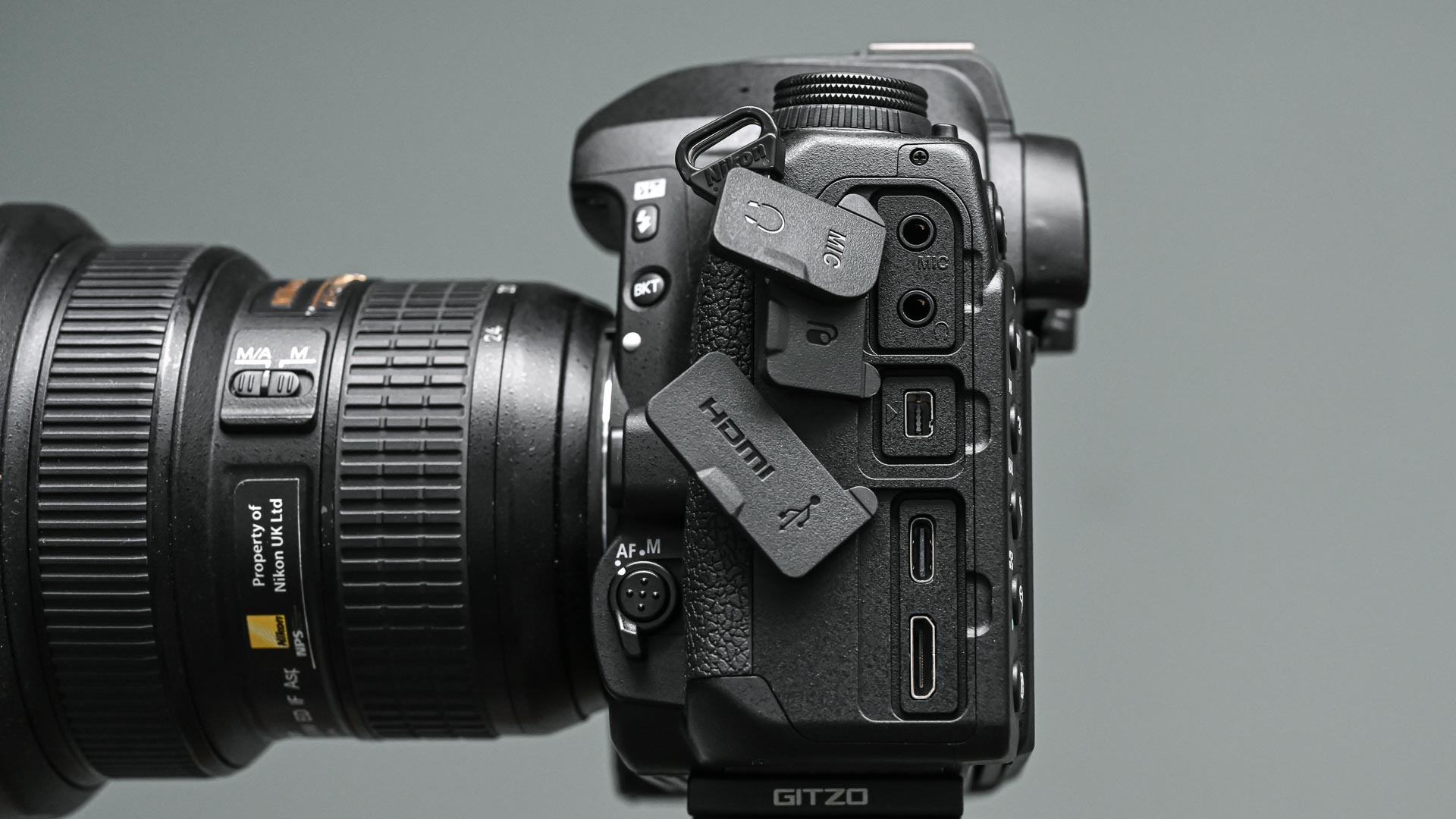
For serious astrophotographers and photographers who want a good hybrid full-frame DSLR Nikon the D780 is a fantastic option. A well-balanced stills and video capability this camera is useful not only for astrophotography thanks to the image noise handling but also for portraiture, landscapes, wildlife and more.
If this product isn't for you
Being a full-frame camera aimed at professionals the D780 isn't for everyone. For beginners, you may want to take a look at the D7500 which is an excellent crop-sensor, DX camera that feels premium in the hand and handles very much like a full-frame camera. As such, we gave it 4.5/5 stars in our full Nikon D7500 review. Full-time professionals may feel restricted by the D780 and should instead opt for the D850 which, in our D850 review, we found vastly improved stills resolution and additional pro-level settings. Others who prefer smaller, mirrorless cameras should take a look at the Nikon Z6 II for full-frame performance without the price tag of the higher-end mirrorless Nikons.

Jase Parnell-Brookes is the Managing Editor for e-commerce for Space and Live Science. Previously the Channel Editor for Cameras and Skywatching at Space, Jase has been an editor and contributing expert across a wide range of publications since 2010. Based in the UK, they are also an award-winning photographer and educator winning the Gold Prize award in the Nikon Photo Contest 2018/19 and named Digital Photographer of the Year in 2014. After completing their Masters degree in 2011 and qualifying as a teacher in 2012, Jase has spent the last two decades studying and working in photography and publishing in multiple areas, and specializes in low light optics and camera systems.
